Number 5 (1948) by Jackson Pollock Canvas Giclée Print Pigment Pool

Pin by Maria Eugenia on Interesante Most expensive painting
No. 5, 1948 Artist Jackson Pollock Year 1948 Medium Oil on fiberboard Location Private collection Dimensions 8 ft × 4 ft 2.4 m × 1.2 m Time and time again, innovative art styles become the new mainstream. People have gone through lengths to express how they feel over a canvas or any form of media.
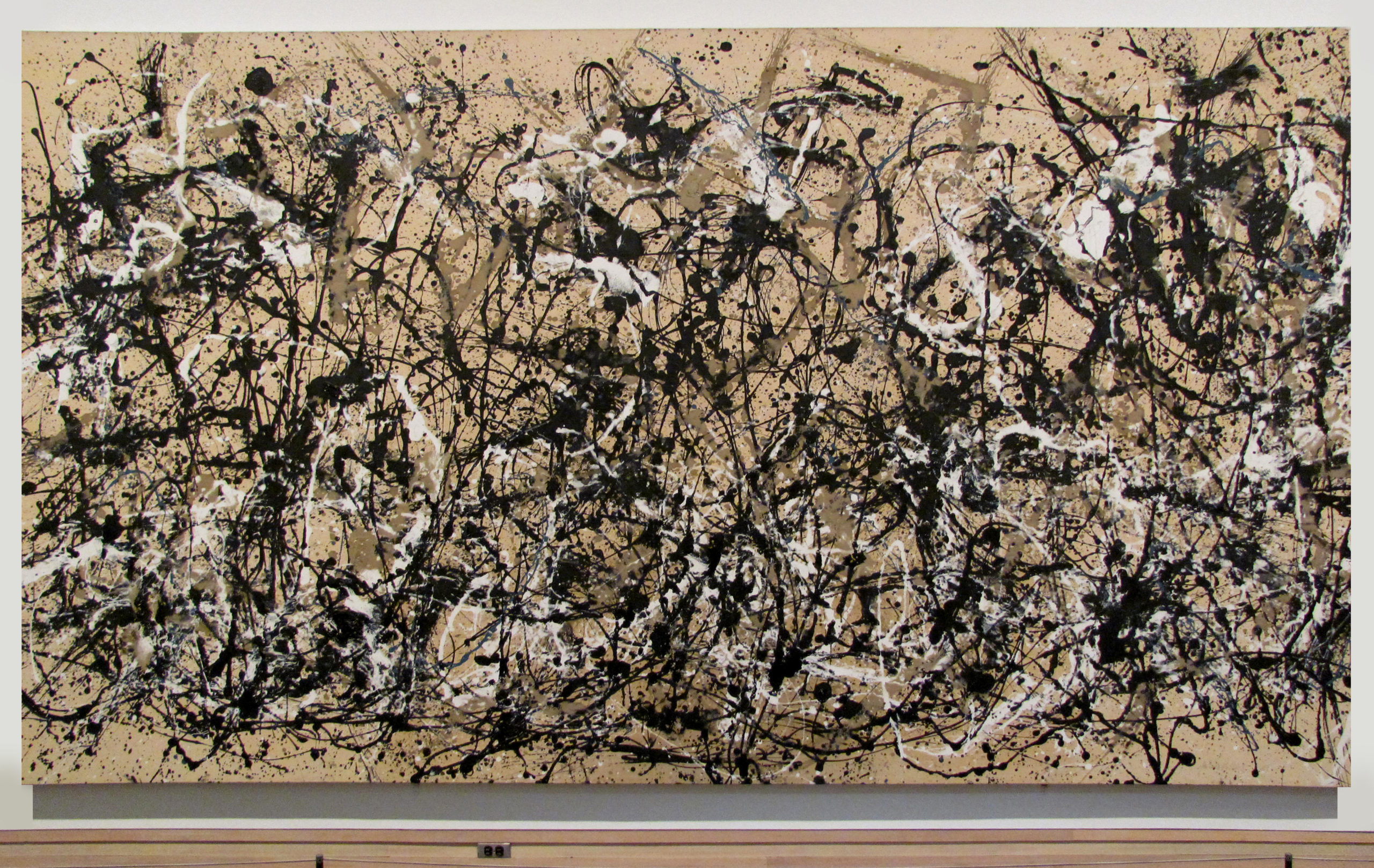
Jackson Pollock’s Autumn Rhythm (Number 30) is no accident
Filled with intricate webs of lines and intermingled spatters, paintings such as Number 5, 1950 are unusually direct records of the artist's moving body and hand gestures. Jackson Pollock: A Catalogue Raisonné of Paintings, Drawings, and Other Works. Jackson Pollock 1948-1951 (7-31 March 1952). New Haven, CT, Yale University Art Gallery.
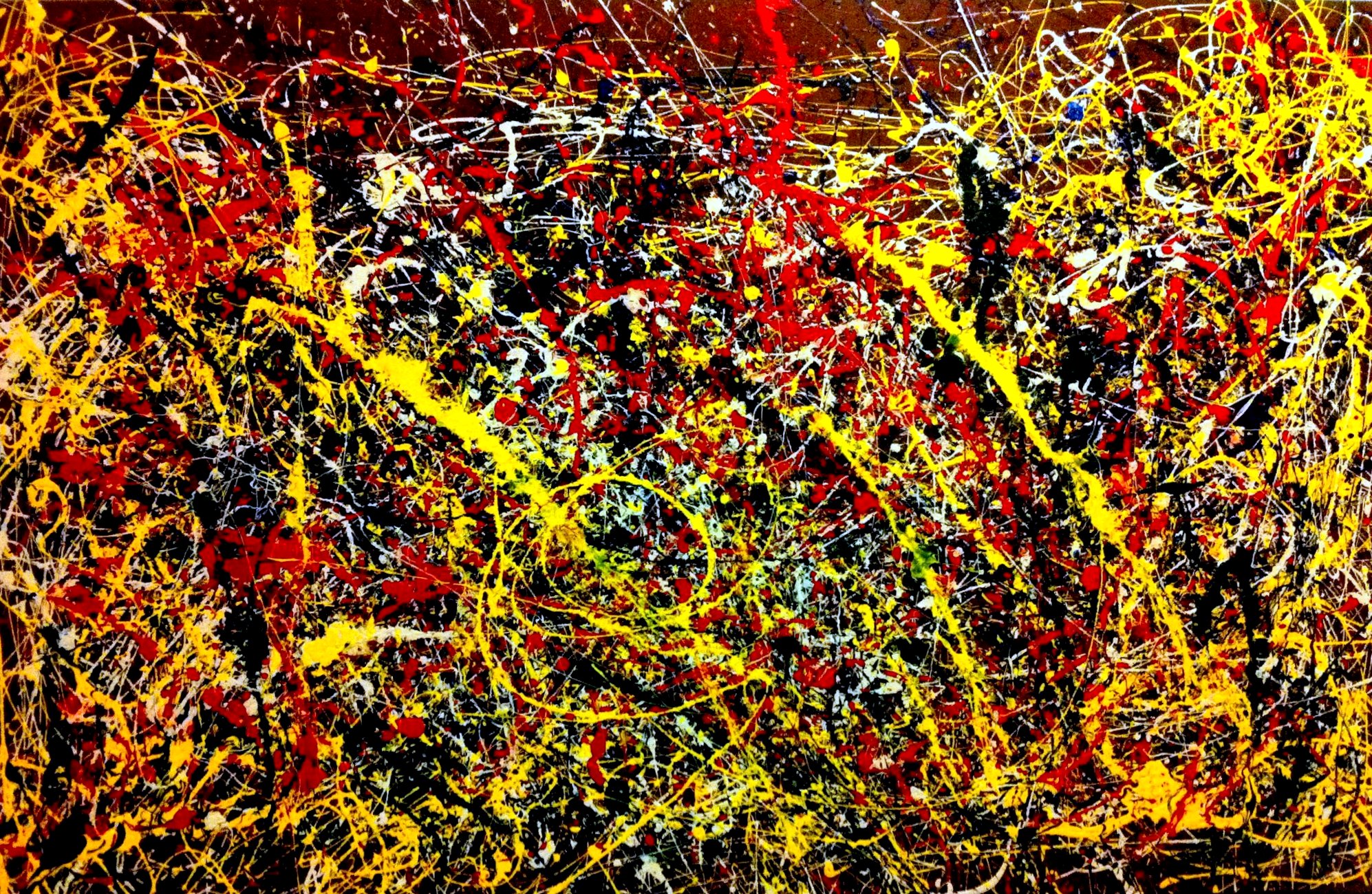
Image Jackson pollock painting.jpg Epic Rap Battles of History Wiki
No. 5, 1948 is a 1948 painting by Jackson Pollock, an American painter known for his contributions to the abstract expressionist movement. It was sold on 22 May 2006 for $140 million, a new mark for highest ever price for a painting, not surpassed until April 2011. No. 5, 1948.
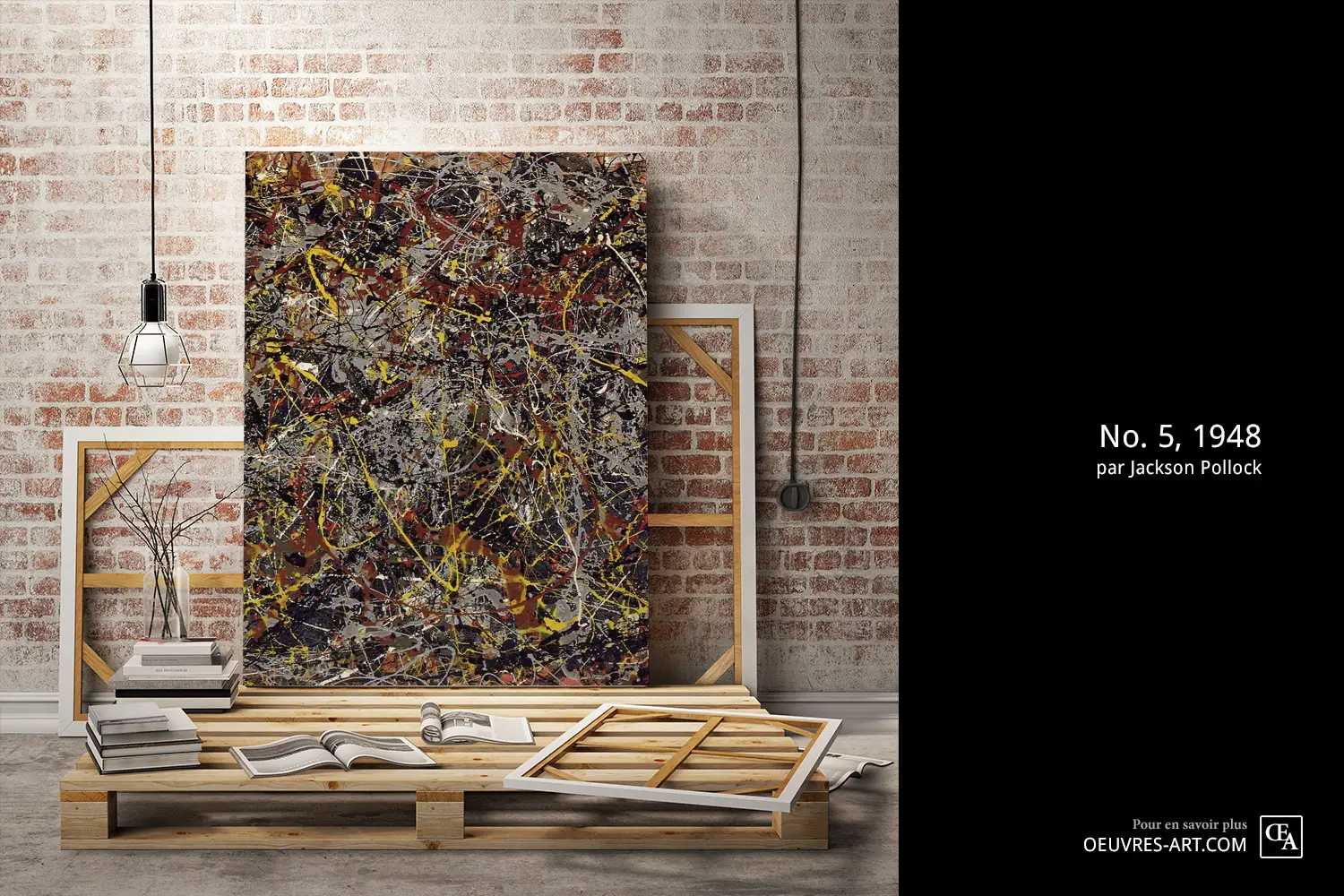
No. 5, 1948 Jackson Pollock
One of Pollock's famous drip paintings, No. 5 (1948), consists of brown and yellow paint drizzled over a piece of fibre board measuring 8' x 4'. Many claim the painting somewhat resembles a dense bird's nest. Jackson Pollock No. 5 has an impressive provenance, including Alfonso A. Ossorio, an avid collector of Pollock's works, and.

Number 5 by Jackson Pollock (1948) [10] Download Scientific Diagram
Number 5, 1948 is a painting by Jackson Pollock, an American painter known for his contributions to the abstract expressionist movement. The painting was done on an 8' x 4' sheet of fiberboard, with thick amounts of brown and yellow paint drizzled on top of it, forming a nest-like appearance.
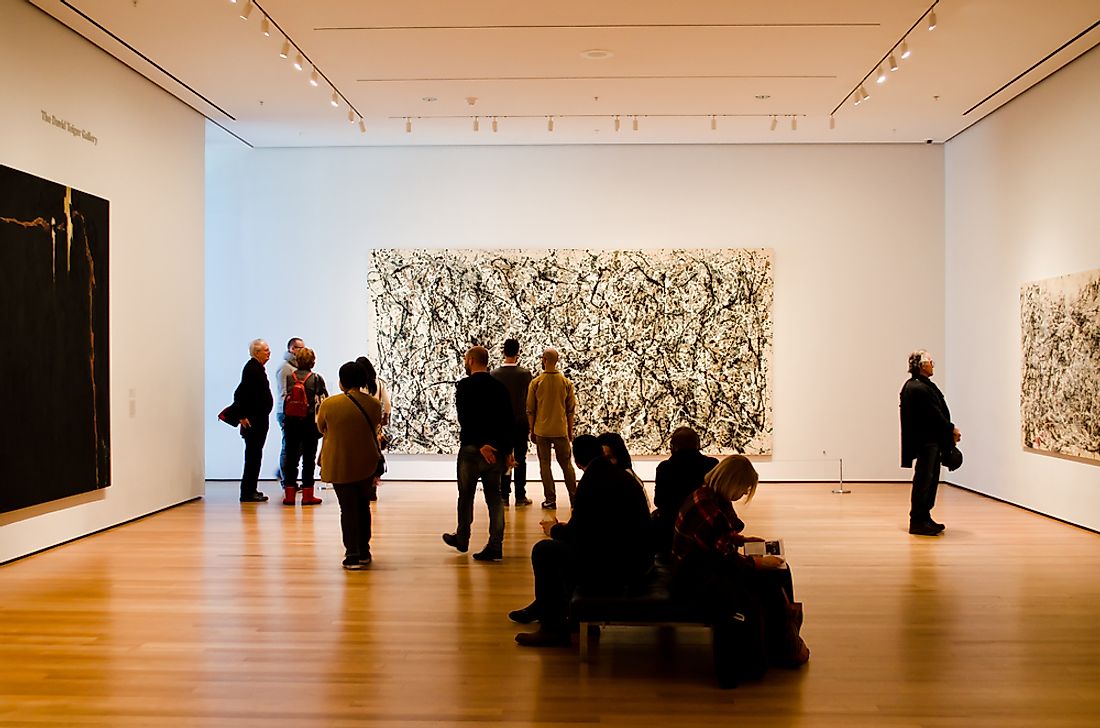
Jackson Pollock No 5 Clearance Prices, Save 64 jlcatj.gob.mx
1948. Type. Oil on fiberboard. Dimensions. 2.4 m × 1.2 m (8 ft × 4 ft) Location. Private collection, New York. No. 5, 1948 is a 1948 painting by Jackson Pollock, an American painter known for his contributions to the abstract expressionist movement. It was sold on 22 May 2006 for $140 million, a new mark for highest ever price for a painting.

JACKSON POLLOCK Untitled (1949) No Text 35 X 25 Offset Lithograph
No.5, 1948 was painted by Jackson Pollock at the height of his "drip" period and exemplifies his revolutionary painting technique.Painted on a four by eight foot sheet of fiberboard, Pollock dripped black, grey, white, brown, red and yellow paint to create a layered, complex composition which is less the representation of an image but rather the record of the paint and the painter's actions.
Reproduções De Belas Artes Número 1 , 1949, 1950 por Jackson Pollock
Here are 10 facts about the late artist's masterpiece. 1. No. 5, 1948 is a key work in the Abstract Expressionist movement. In the wake of World War II, New York City artists like Jackson.
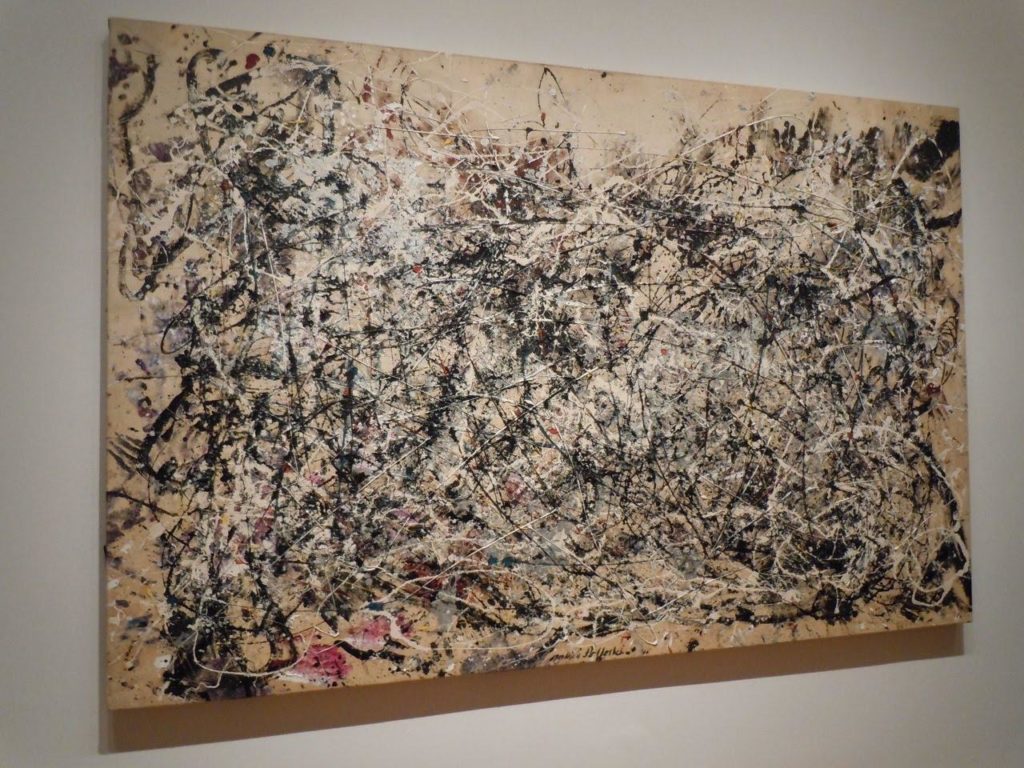
Jackson Pollock's Number 1A, 1948; or, How Can We Be Abandoned
The work of Jackson Pollock Painting No. 5, 1948 No. 5, 1948 is a painting by abstract expressionist artist Jackson Pollock. The painting is non-representational abstract are and, like many of Pollock's paintings, features paint drippings of varying colors, such as yellow, white, and gray, strewn about it a seemingly chaotic, yet somehow calculated manner.

Number 5 (1948) Jackson Pollock this print at Action
Jackson Pollock's painting entitled No. 5 was created in 1948 at the beginning of his drip period. Pollock used a large 8 ft. x 4 ft. (2.44 × 1.22 m) fiberboard panel as a canvas. He varnished it a light brown color. Pollock used black, white, gray, red and yellow oil overlapping in layers that interweave and cover the entire canvas.

Jackson Pollock's No. 5, 1948 deepdream
No. 5, 1948 by Jackson Pollock. Jackson Pollock was very much popular during 1940s and 1950s for his Drip Paintings. He had invented a whole new style with thick paint and big brushes on canvases large enough to cover entire walls. He would lay those canvases on the ground and than after putting a leg on the canvas, he would begin to paint his.

Number 5 (1948) by Jackson Pollock Canvas Giclée Print Pigment Pool
Number 5 is one of artworks by Jackson Pollock. Artwork analysis, large resolution images, user comments, interesting facts and much more.. Jackson Pollock • Painting, 1948, 243.8×121.9 cm. Embed. Short link. QR-code. Facebook. Twitter. View in interior NEW.. Invented by Jackson Pollock in the late 1940's "drip" technique, or.

Number 5 (1948) by Jackson Pollock Canvas Giclée Print Pigment Pool
The Abstract Expressionist artist Jackson Pollock created the No. 5 painting in 1948 (also titled Number 5). It is composed of oil paints, specifically synthetic resin paints, on a fiberboard panel, which measures 2.4 x 1.2 meters.

No.5 and Jackson Pollock's Groundbreaking Style and Technique
Though self-reflexive in nature, they readily inspire larger interpretations; the explosive, allover expanses of Number 1A, 1948 (1948). Paul Jackson Pollock (; January 28, 1912 - August 11, 1956) was an American painter. A major figure in the abstract expressionist movement, Pollock was widely noticed for his "drip technique" of pouring.

Number 5 1948 by Jackson Pollock Famous Canvas Rolled Etsy
No.5 1948 is a famous oil on fibreboard painting from Jackson Pollock which has been at the centre of a number of high profile private sales. No. 5 measures an impressive 8ft long by 4ft wide and resides in a private collection in New York. It is typical of Pollock to produce such large scale paintings, particularly during his best known style.

Number 5, 1948 by Jackson Pollock
Number 5, 1948 was painted by American Painter Jackson Pollock, who is famous for the works that he created that made the expressionist movement what it is today. Painted on fibreboard, this painting is 8' x 4'. Pollock used liquid synthetic resin paints, which are usually just referred to as oil paints when the work was classified.